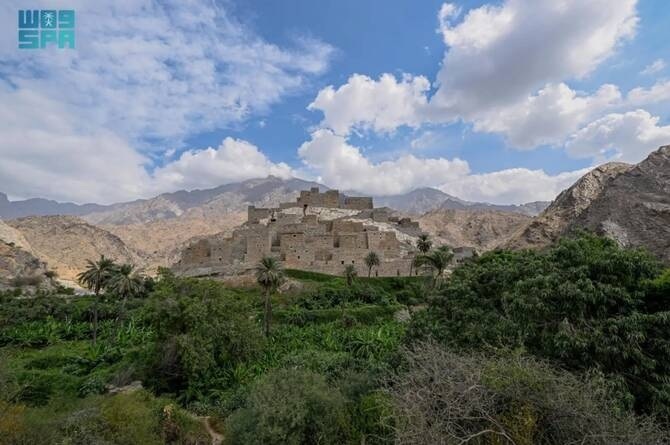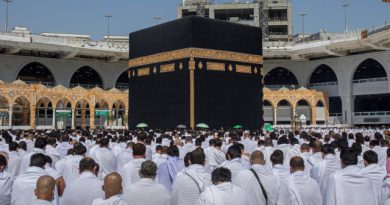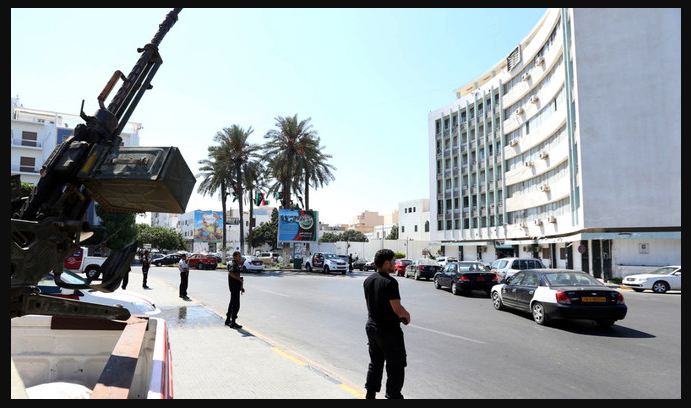Al-Baha’s Unique Architecture Draws Tourists and Inspires Modern Design”
Riyadh – The distinctive architectural style of Saudi Arabia’s Al-Baha region is emerging as a major attraction for tourists and a source of inspiration for modern urban development, experts say.
Recently included in the national Saudi Architecture Characters Map, Al-Baha’s architecture highlights the Kingdom’s rich heritage while promoting sustainable and energy-efficient design
Abdullah bin Abdulqader Haridi, associate professor of architecture and building technology at Al-Baha University, explained that the region’s style is influenced by its natural mountainous terrain and features three main categories: traditional, transitional, and contemporary.
Key elements include forts, external staircases, patterned doors and windows, and the unique Zafir column style, all reflecting centuries of cultural and architectural wisdom.
Traditional buildings in Al-Baha are designed with environmental conditions in mind, considering terrain, climate, and social customs that encourage community gathering in designated spaces.
“Adhering to traditional styles allows for real estate development that complements local identity, inspiring investors to adopt these standards,” Haridi noted.
The Saudi Architecture Characters Map, introduced by Crown Prince Mohammed bin Salman earlier this year, highlights 19 unique regional architectural styles.
Its purpose is to modernize the urban landscape while preserving the character, tradition, and cultural identity of Saudi architecture.
Mohammed bin Salem Al-Ghamdi, a master builder with decades of experience constructing stone houses in Al-Baha, emphasized that local materials such as granite, basalt, juniper wood, and clay are harmoniously used in home construction.
This natural approach makes the region’s architecture energy-efficient and environmentally sustainable.
In recent years, there has been a revival of interest in Al-Baha’s heritage houses. Many residents have restored old homes, while others have incorporated traditional elements into new constructions, blending history with modern comfort.
This resurgence not only preserves cultural identity but also enhances the region’s appeal as a destination for tourists seeking authentic experiences and architectural beauty.
Al-Baha’s architecture stands as a testament to Saudi Arabia’s commitment to honoring its cultural roots while embracing modern innovation.
By combining heritage, sustainability, and aesthetic excellence, the region continues to inspire architects, investors, and visitors alike, highlighting the Kingdom’s rich and diverse architectural landscape.



